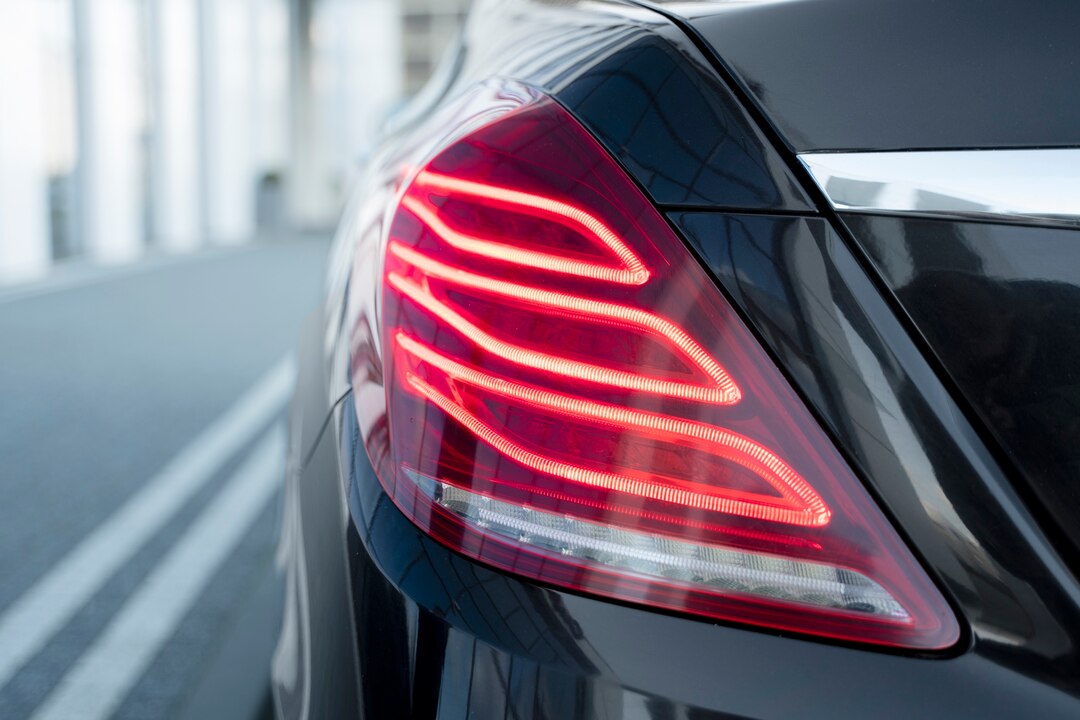Turn signals play a crucial role in communicating a driver’s intentions to other road users, enhancing safety and reducing the risk of accidents. While the basic function of signaling a turn or lane change remains consistent, there are various types of turn signals employed in modern vehicles, each offering unique features and benefits. In this article, we’ll delve into the different types of car turn signals you must know about to navigate the road with confidence and clarity.
1. Traditional Bulb Turn Signals:
Traditional bulb turn signals have been a staple feature in vehicles for decades. They typically consist of incandescent bulbs housed within a clear or amber-colored lens. When activated, electrical current flows through the bulbs, causing them to emit light, indicating the driver’s intention to turn or change lanes. While effective, traditional bulb turn signals may be less energy-efficient and have a shorter lifespan compared to newer LED alternatives.
2. LED Turn Signals:
LED (Light Emitting Diode) turn signals have become increasingly popular in modern vehicles due to their numerous advantages. LED lights are more energy-efficient, durable, and produce brighter, more uniform illumination compared to traditional bulbs. LED turn signals also offer faster response times, making them highly visible to other road users and enhancing safety. Additionally, LED technology allows for creative designs and styling options, enabling automakers to incorporate distinctive lighting signatures into their vehicles.
3. Sequential Turn Signals:
Sequential turn signals feature a unique lighting pattern that enhances visibility and draws attention to the direction of the turn. Instead of all the lights flashing simultaneously, sequential turn signals illuminate in a sequential or sequential sweeping pattern, starting from the innermost or outermost light and progressing outward or inward. This sequential motion creates a dynamic visual effect that effectively communicates the driver’s intended direction of travel, especially in situations where multiple lanes are present.
4. Side Mirror Turn Signals:
Side mirror turn signals are integrated into the exterior side mirrors of the vehicle, providing additional visibility and reducing blind spots. These turn signals illuminate when the driver activates the corresponding turn signal or hazard lights, alerting other road users to the vehicle’s intended direction of travel. Side mirror turn signals enhance safety by making the vehicle’s intentions more visible, especially during lane changes or merging maneuvers.
5. Dynamic Turn Signals:
Dynamic turn signals feature a dynamic or animated lighting sequence that enhances visibility and captures attention. Instead of a static on-off pattern, dynamic turn signals may incorporate sequential or sweeping motion, pulsating effects, or varying intensity levels to convey the driver’s intentions more effectively. These dynamic lighting sequences not only improve safety but also add a touch of modernity and sophistication to the vehicle’s exterior design.
Car turn signals are essential safety features that help drivers communicate their intentions to other road users effectively. Whether traditional bulb, LED, sequential, side mirror, or dynamic, each type of turn signal offers unique advantages in terms of visibility, efficiency, and style. By understanding the different types of car turn signals available, drivers can make informed decisions when selecting or upgrading their vehicles, ultimately enhancing safety and promoting smoother traffic flow on the road.











